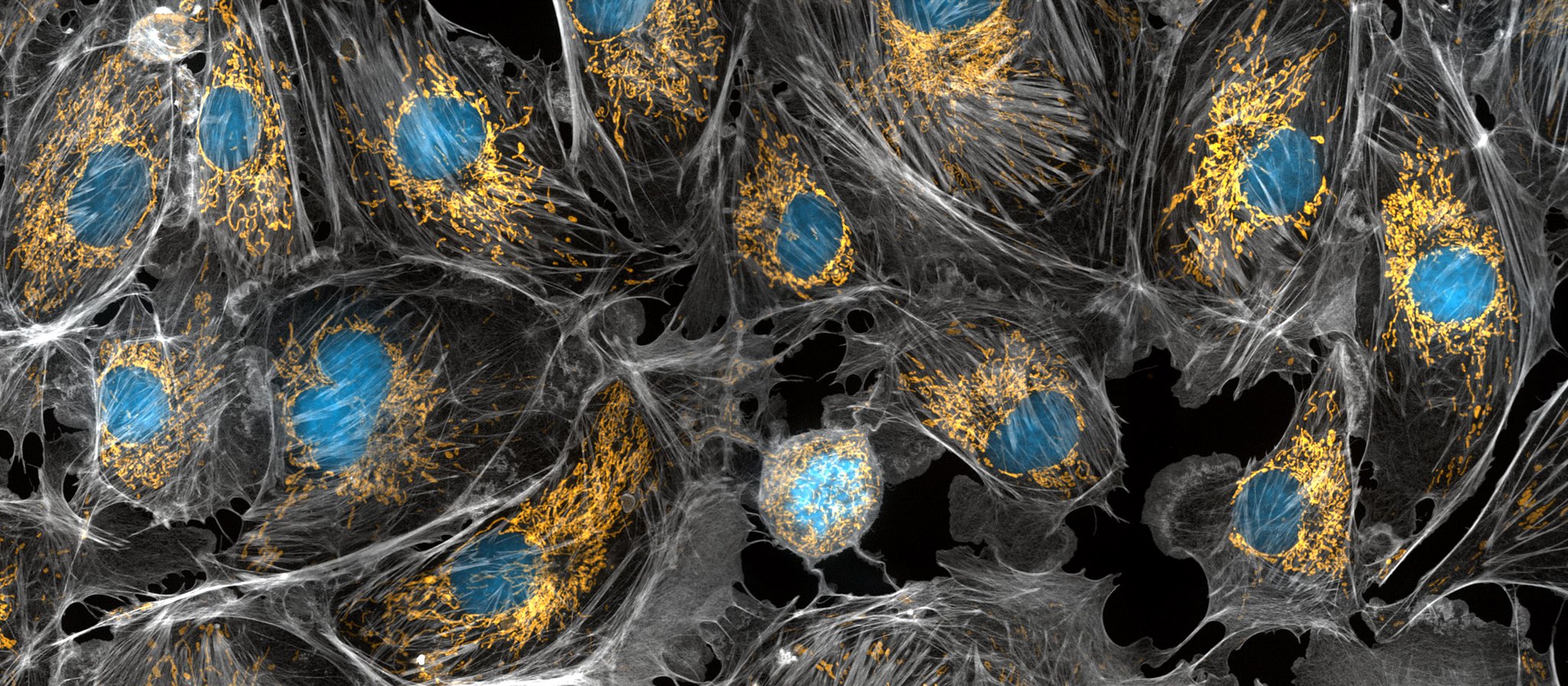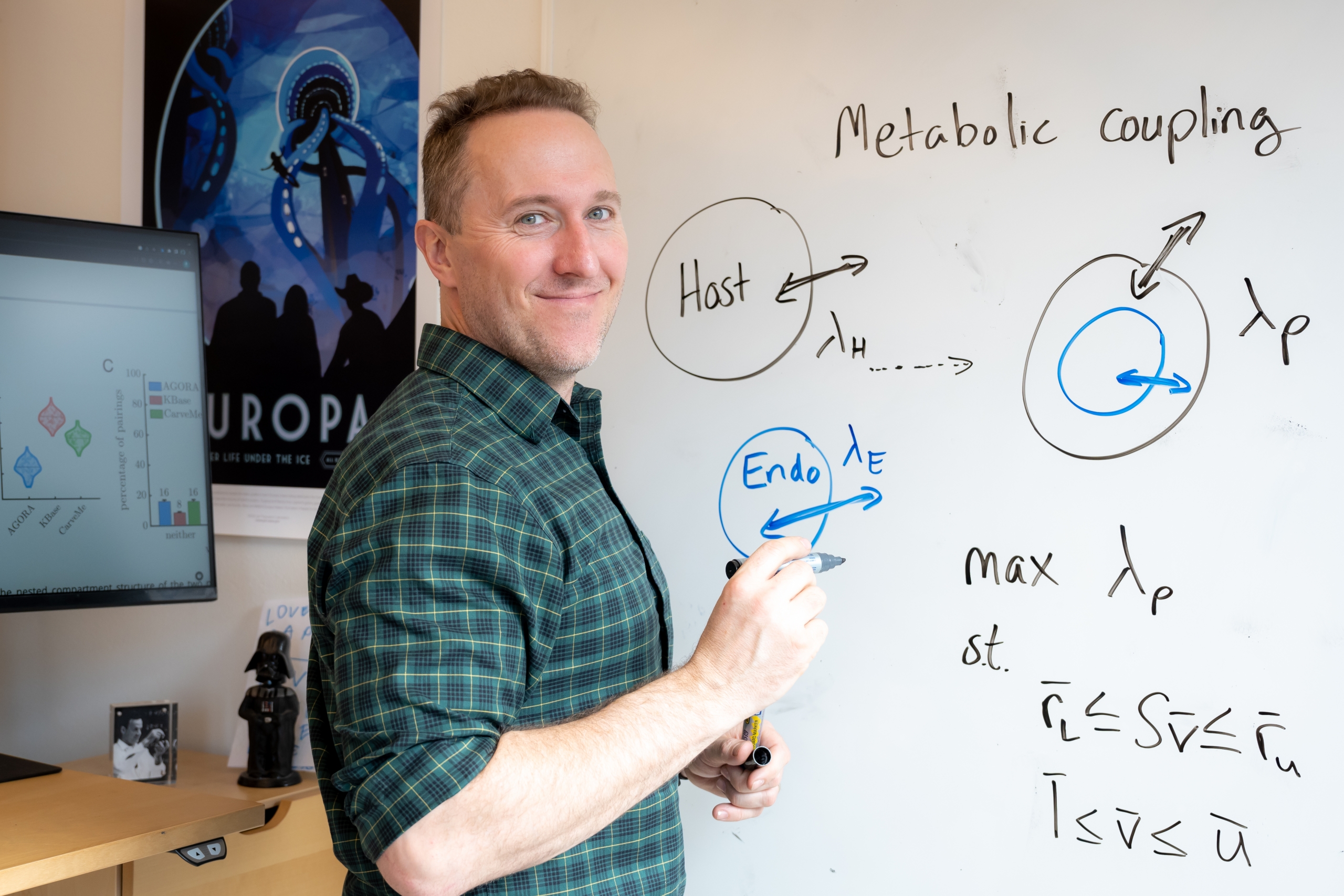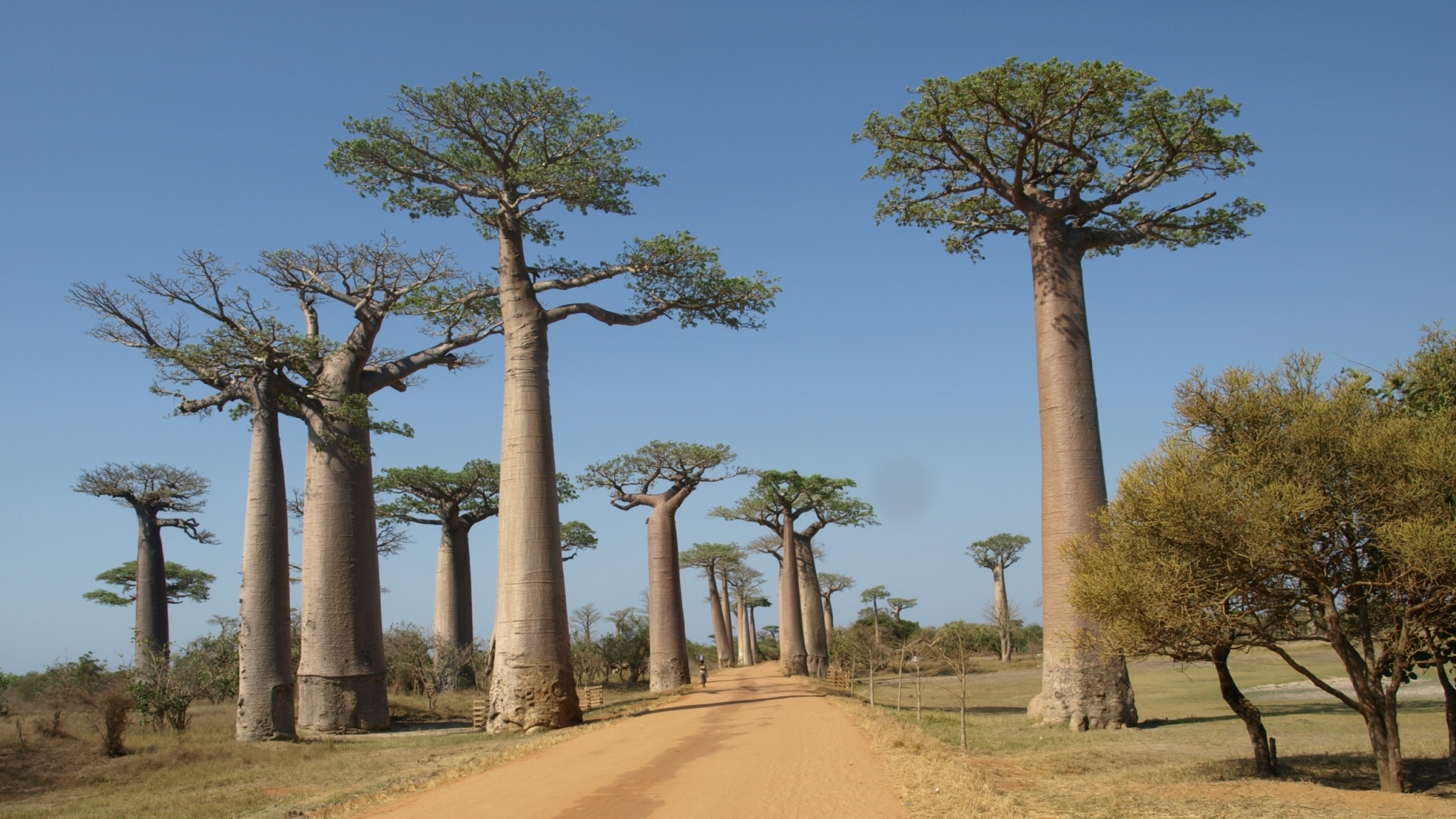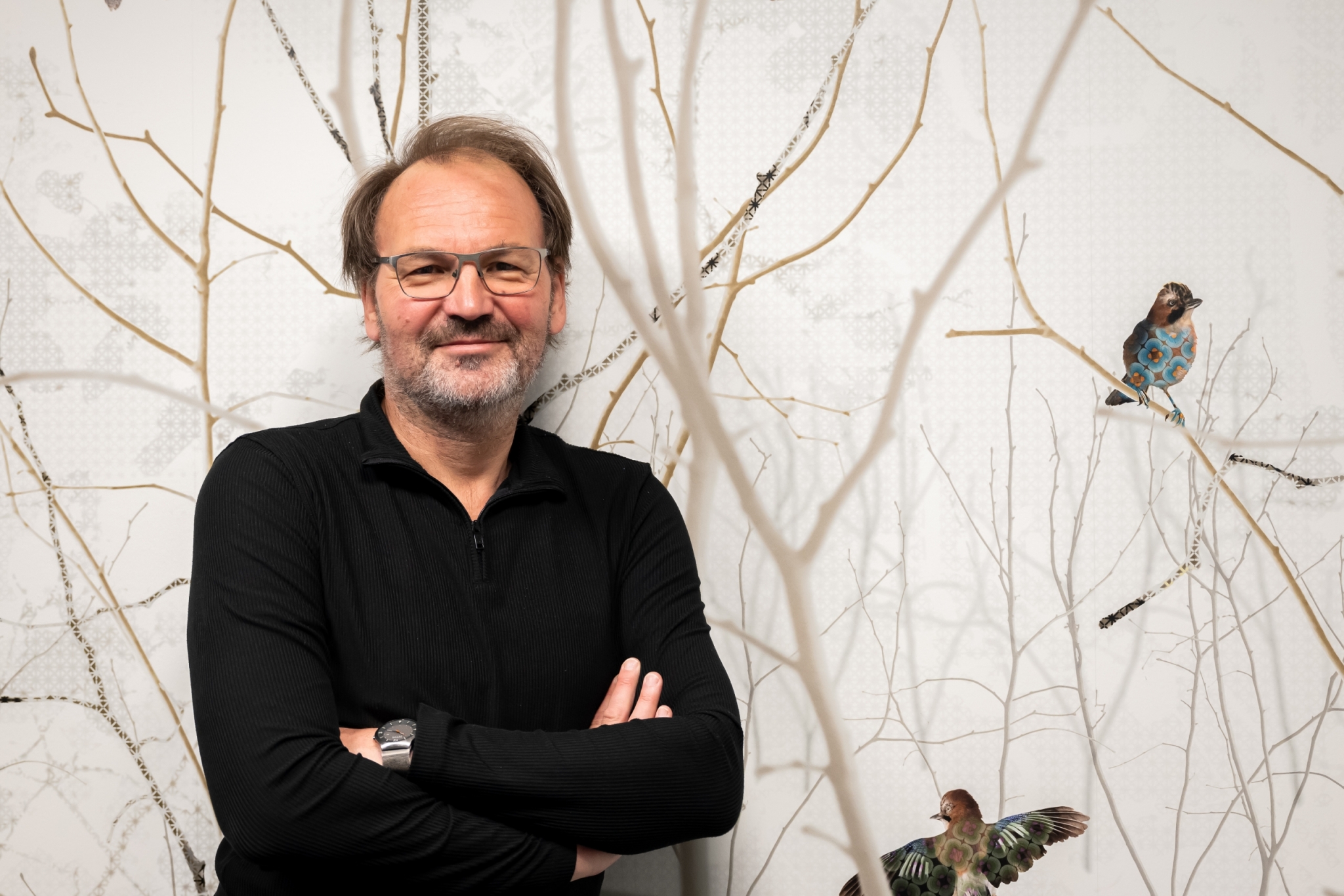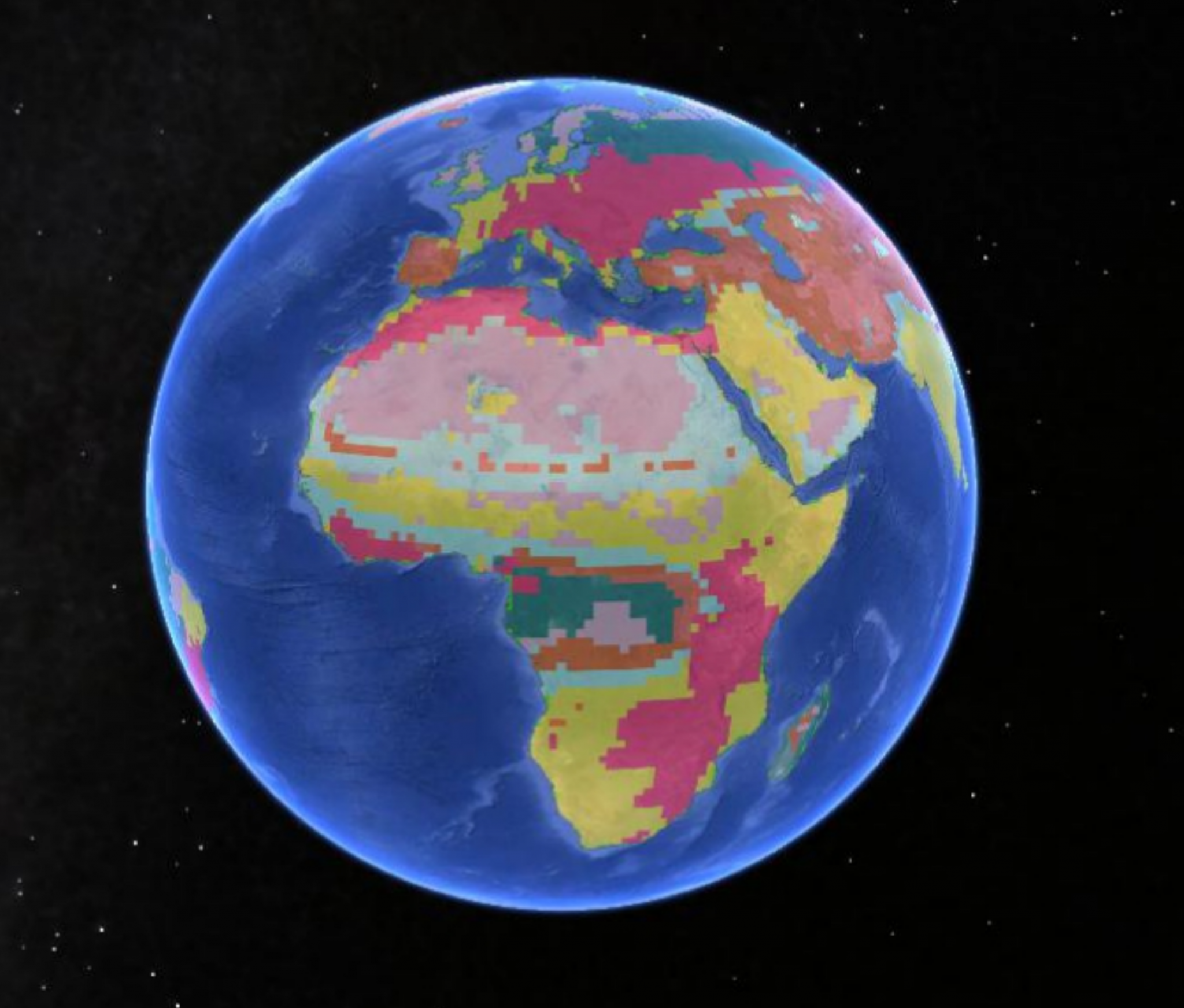Profile
Born in a northern city in Sweden called Skellefteå, Lucas always had a great interest in anything scientific. As such, he started studying at Umeå University directly after high school and got his masters degree in Engineering Physics in 2019. This education gave Lucas a strong interest in stochastic processes, neural networks and fluid mechanics. Loves coding on complex problems and collaborating with people to come up with new interesting ideas.
Starting his PhD studies in 2019, Lucas tries to understand the folding dynamics of the DNA and how biological processes, such as the time it takes for a protein to search along the DNA, are affected by changing active and inactive parts of the DNA.
In his spare time Lucas enjoys choir singing, working on personal programming projects and listen to classical music.
Current Projects
The Latest Posts
Lucas hasn’t written anything yet, but check out some of our other posts while you wait.


